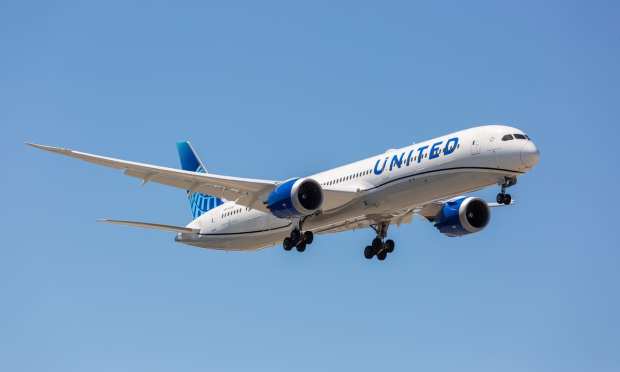United Goes From Airline To Angel With Launch Of New VC Fund

Call it, perhaps, a runway to help the connected economy take flight.
We’ll stop with the air travel puns now.
This week, United Airlines announced the debut of United Airlines Ventures, a venture capital fund that will invest in small to mid-sized companies that have the “potential to influence the future of travel,” the company said. The release noted that the focus is on sustainability and net zero emissions.
Current holdings of the fund include electric aircraft maker Archer Aviation, Fulcrum BioEnergy (which makes low-carbon fuel) and fast-pass company CLEAR, according to reports in BizJournals.com.
In an interview with CNBC, Mike Leskinen, who has been named president of United Airlines Ventures (and where he also serves as vice president of corporate development and investor relations), said the fund is wholly owned by United Airlines, and has initial funding up to $200 million. He noted that in aviation there’s “a long cycle in developing innovation. If you want to lead in the next five and 10 years you need to get started today.”
United, in tandem with Mesa Airlines, will buy as many as 200 flying, electric aircraft from Archer. Those aircraft, United said in a February announcement, “would be operated by a partner and are expected to give customers a quick, economical and low-carbon way to get to United’s hub airports and commute in dense urban environments within the next five years.”
In terms of the mechanics, the vehicles are vertical takeoff and landing (or eVTOL) aircraft that are designed to use electric motors and have the potential for future use as an “air taxi” in urban markets. Reports at the time of the announcement pegged the eVTOL buy at $1 billion, with an option for another $500 million in orders, as noted by ZDNet.
Connected Economy — In The Air
In the CNBC interview, Leskinen noted that he lived in Manhattan for most of his adult life.
“And when I think about walking across the street and getting in an Archer aircraft,” he said, “and taking a 10-minute trip to a New York airport, coming inside of security and moving from one gate to the next and taking a 3.5-hour trip to London — the future is going to be really exciting.”
The imagery that comes to mind, we note, is one of the connected economy, where ride-hailing is done, well, vertically. The connected economy, or in this case, the connected air-travel-ecosystem, would link together a wealth of services and activities under a single umbrella, across a device, with the goal of navigating all parts of an experience in one continuum, and with a single point of access.
Picture, then, opening up an app on a phone, scheduling an air taxi, using a biometric pass to move through security — and then boarding the cross-continental flight. Seamlessly. From omnichannel, across the English channel, you might say.
